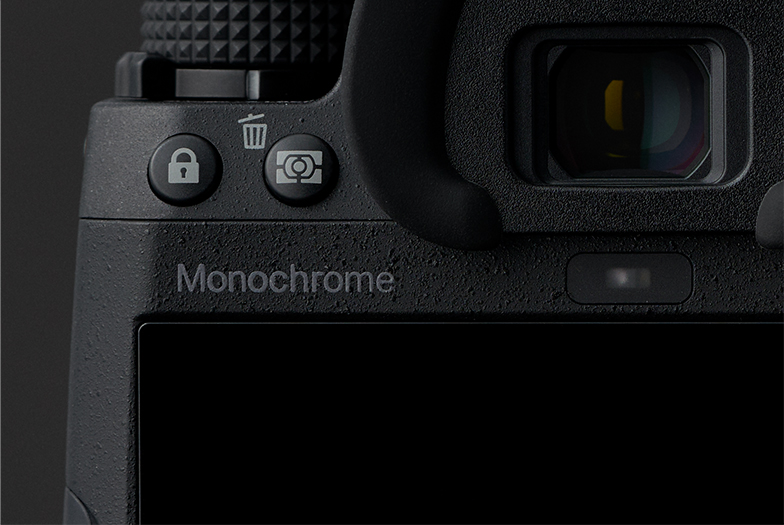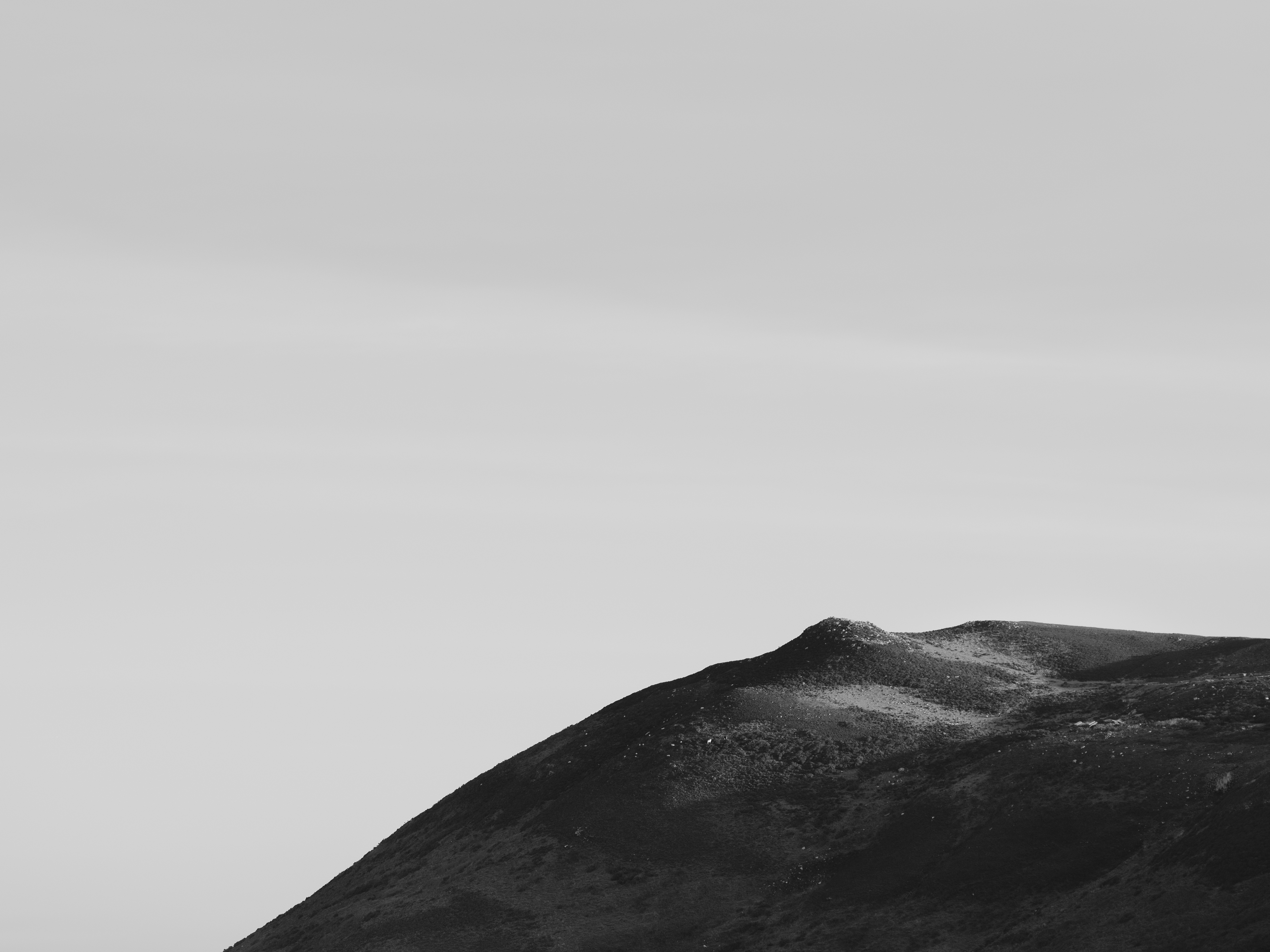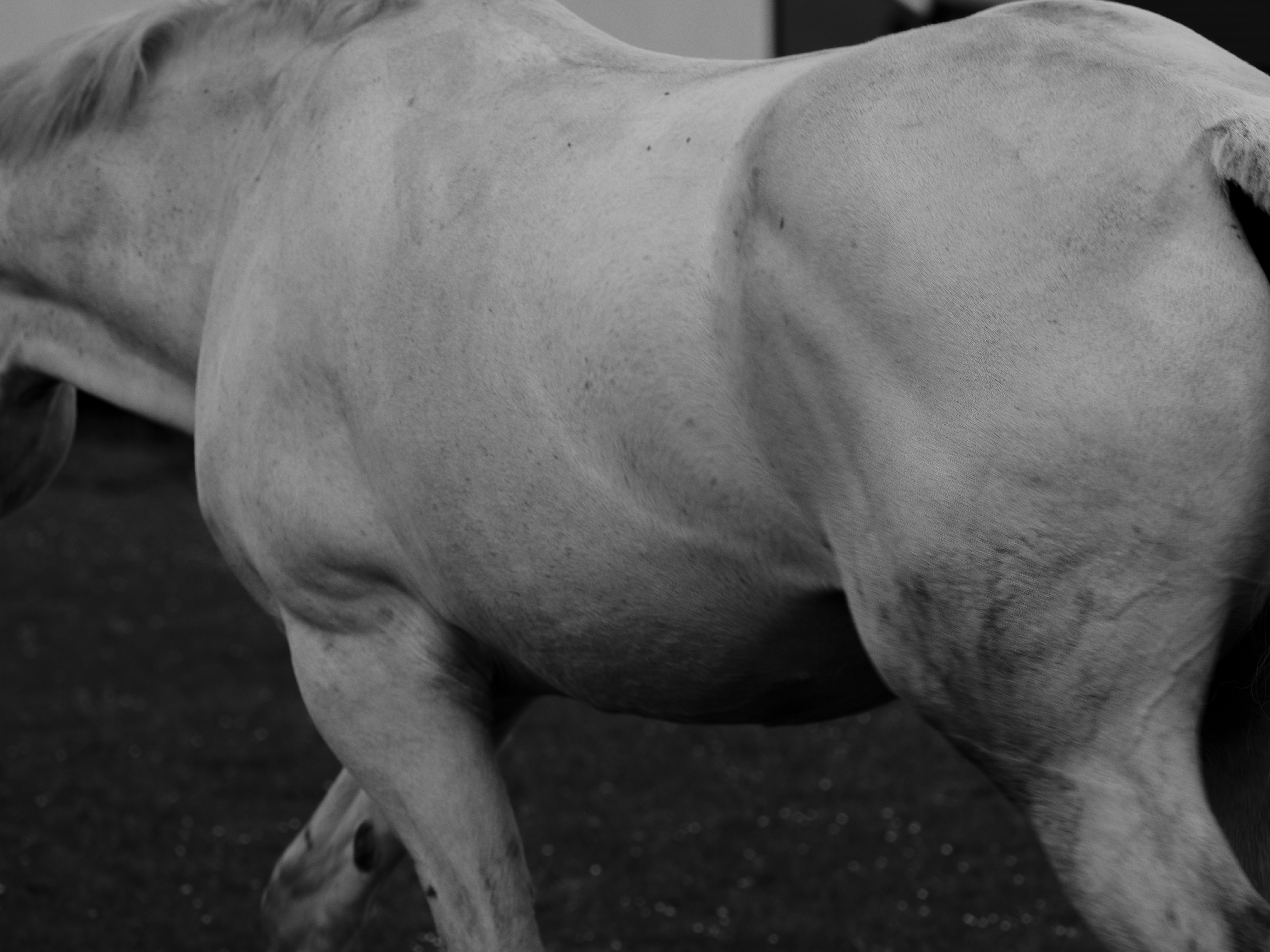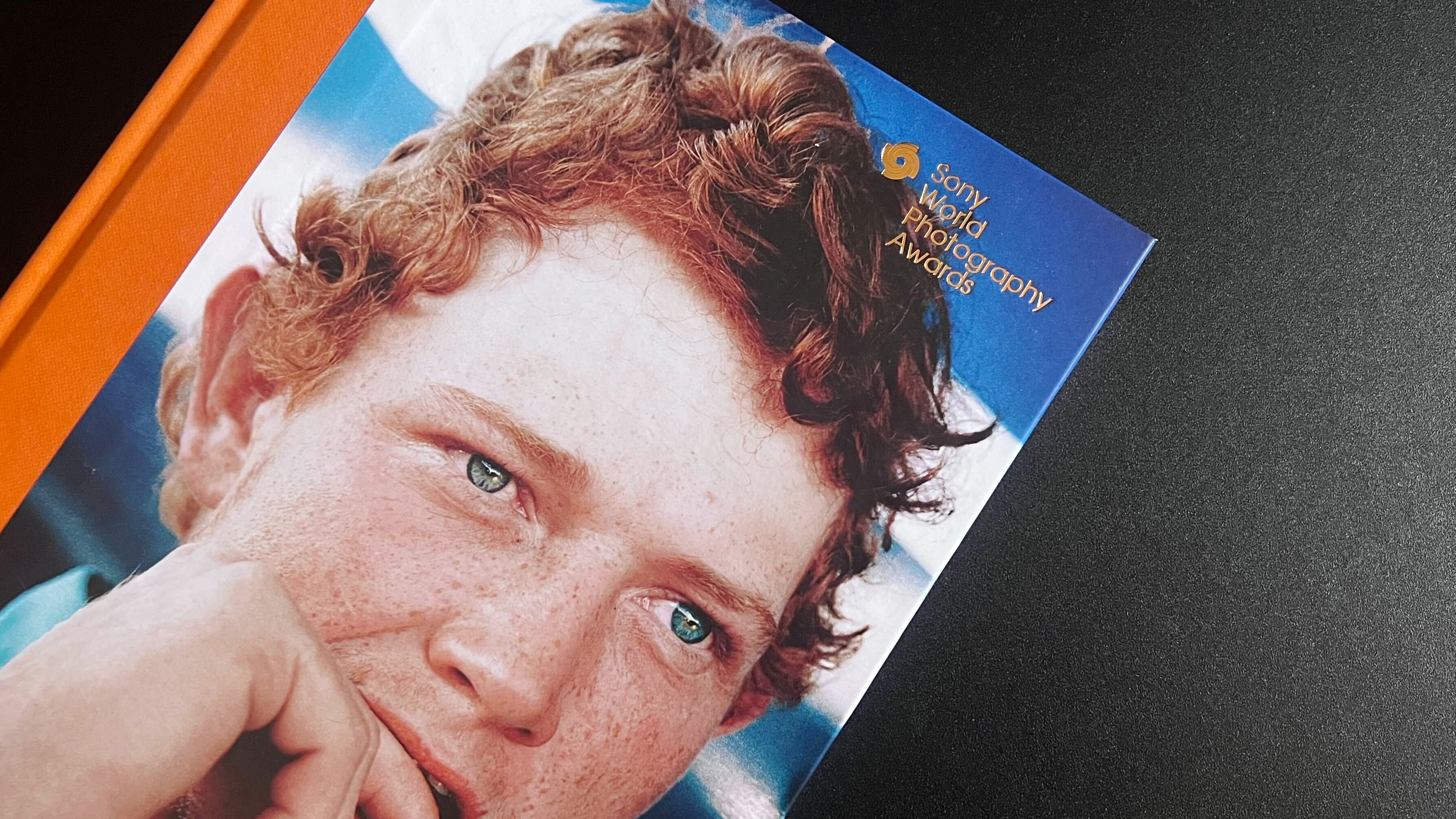I shoot in black and white. Do I need a monochrome camera?
Does a black-and-white photographer really need a monochrome camera?

Since I first picked up a camera, I’ve been on a journey to develop my personal style, or as Ted Forbes puts it in his book Visually Speaking, my own "visual language." Over the years, that language has evolved to be predominantly black and white, in fact, I shoot about 90% of my work in monochrome. Naturally, this has led me to wonder – should I get a dedicated monochrome camera?
Black-and-white-only cameras, such as the Leica M11 Monochrom, Leica Q2 Monochrom, or the Pentax K-3 Mark III Monochrome, strip out the color filter array (CFA) found in standard digital cameras. This results in sharper images, greater dynamic range, and richer tonal depth. For photographers who live and breathe monochrome, it sounds like the perfect tool. But is it necessary? Or even practical?

For me, shooting in black and white is more than a stylistic choice, it’s a way of seeing the world. When I’m working in color, my mind is drawn to other things – complementary hues, vibrant contrasts, and how color shapes a narrative. But when I shoot in black and white, I’m looking for something else entirely.
I focus on light and shadow, tones and textures, shapes and forms. I notice the way light falls on a face or the texture of peeling paint on a wall. Removing color also strips away distractions, allowing me to focus purely on the subject matter. Color can be beautiful, but it can also be noisy by demanding attention and can sometimes overshadow the essence of a scene.
A monochrome camera takes that approach a step further. It commits you to black and white from the moment you press the shutter. There’s no going back to color in post, no toggling between film simulations. You have to see the world in shades of grey – and that commitment can be both freeing and challenging.

There’s a purity to the idea of a monochrome-only camera. By removing the color filter array, these cameras capture black-and-white images with more clarity and tonal nuance than a traditional color camera ever could. The sharpness and depth of these images feel closer to film, and photographers often describe them as having a certain 'bite' that’s hard to replicate.
For photographers who prioritize precision and clarity – think of the work of Alan Schaller or Jacob Aue Sobol – a monochrome camera can be a game-changer.
Get the Digital Camera World Newsletter
The best camera deals, reviews, product advice, and unmissable photography news, direct to your inbox!
But here’s the thing, I don’t necessarily need that level of clarity. In my work, I don’t mind if an image has a bit of blur or motion, as long as there’s a connection in the frame. An image doesn’t need to be razor-sharp to convey emotion or tell a story. So while the increased sharpness of a monochrome sensor is undoubtedly a benefit, for my personal style, it’s a 'take it or leave it' feature.

Here’s the big downside to a monochrome-only camera – no color. While I rarely shoot in color, I like having the option. There are moments for certain projects and certain stories where color feels essential. A monochrome camera would take that option away entirely.
I also think about practicality. Would I really carry two cameras around, one for black and white and one for color? Probably not. And while there’s something romantic about going 'all in' on black and white, it feels a little rigid for how I like to work.
It’s also worth mentioning that many modern cameras, like my Fujifilm GFX 50S II, offer excellent black-and-white film simulations. I shoot with the Acros simulation often, and it allows me to see the world in black and white through the viewfinder while still retaining color data in case I change my mind later.
Ultimately, a monochrome camera isn’t a shortcut to creating better black-and-white images, it’s a tool that forces commitment and a way to lock yourself into a specific visual mindset. For some photographers, that commitment is liberating. For others, it can feel like a creative constraint.
For now, I’m sticking with my GFX and the Acros simulation. It gives me the flexibility I need without locking me into one approach. But I’ll admit, there’s a part of me that’s tempted by the simplicity and purity of a dedicated monochrome camera – I definitely need to spend some time with one before committing.
You might also like
Check out our guides to the best camera for black-and-white photography and the best Leica cameras. Leica M11 Monochrom, Leica Q2 Monochrom, or the Pentax K-3 Mark III Monochrome

Kalum is a professional photographer with over a decade of experience, also working as a photo editor and photography writer. Specializing in photography and art books, Kalum has a keen interest in the stories behind the images and often interviews contemporary photographers to gain insights into their practices. With a deep passion for both contemporary and classic photography, Kalum brings this love of the medium to all aspects of his work.
